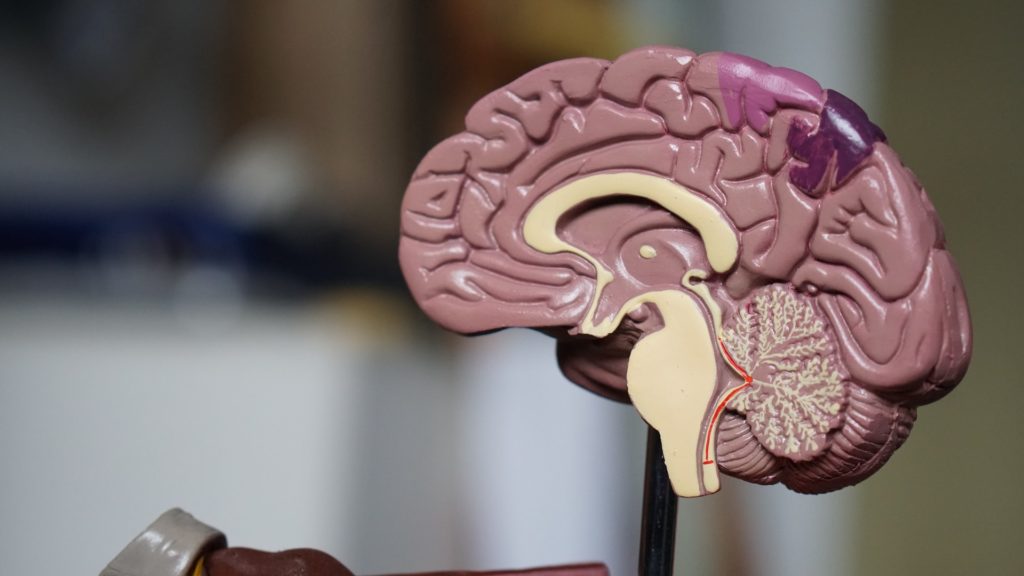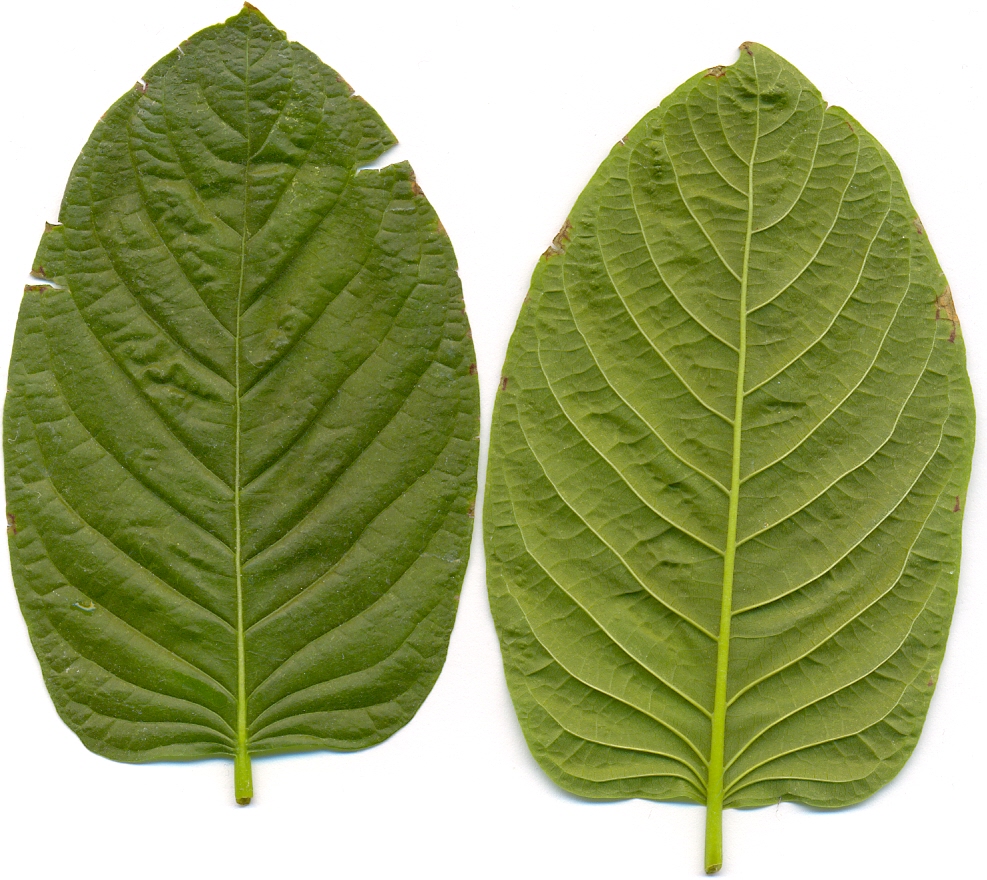
Opiates are drugs derived from the opioid poppy plant, or otherwise synthetically manufactured, that are used to treat pain. While opiates can be lifesaving when it comes to relieving pain and stress, both prescription and illegal narcotics can also be addictive. In fact, after using an opiate heavily for as little as a few weeks, one may become addicted. This can be seen when a person experiences signs of withdrawal when the drug is not taken.
Opiate withdrawal can present a variety of symptoms, including but not limited to agitation, muscle aches, insomnia, and excessive sweating. However, the dangers of addiction go beyond physical or psychological discomfort. They can extend to irrational decision-making, abandonment of responsibilities, and, in some cases, can even cause death. The symptoms of opiate withdrawal can be severe and uncomfortable, but there are various treatment options available. Let’s take a look at some of the facts surrounding addiction and some of the natural treatment options for withdrawal. There are a number of opioid treatment, options to consider including therapy, hospitalization, and natural remedies.

When did opiate addiction become an issue? In the 1990s, there was an increased pressure in the medical community to improve the pain treatments they had available. Believing that all pain should be completely relieved, doctors began prescribing more narcotics. However, people who started taking opioids more frequently as prescription pain medication began developing a tolerance. Having restricted access to drugs from their physicians, many turned to street dealers selling the same opiates. Instead, since prescription narcotics are expensive and difficult to obtain, many people were found to have switched to stronger, cheaper options such as heroin to continue their high. Today’s society continues to overvalue narcotics, contributing to the opioid epidemic we find ourselves experiencing.
Understanding the Basic Facts About Addiction
In order to recognize the symptoms of withdrawal, it is important to understand how addiction develops. We recognize addiction as a chronic disease that causes changes in brain structure and function. Similar to the way cardiovascular disease causes damage to the heart and diabetes debilitates the pancreas, addiction commandeers the brain. Since all pleasurable senses are registered in the brain in the same way, with a release of dopamine, we cannot differentiate between the effect of narcotics and natural causes of pleasure.

Narcotics, another term for opiates, trigger a large release of dopamine that floods the brain’s pleasure sensors. In fact, the most addictive drugs are the ones that cause a larger, faster, or more reliable release of dopamine. The release of dopamine causes the brain to link the action, or in this case the drug, with a sense of reward and satisfaction. In most cases, this same sense of reward is associated with some action such as viewing a job well done, eating a food you enjoy, seeing a person you love, or some other positive stimulant. An opiate creates a fictional imitation of that experience.
What Addiction Does To The Brain
Repeated exposure to this desirable sensation sows the seeds for the transition from just liking the drug to wanting it. However, over time, due to the overwhelming nature of a drug-induced dopamine release, the brain shuts down some of the dopamine receptors, revealing a tolerance to the drug. This effect is comparable to when one turns down their radio when a song or broadcast comes across too loudly. Now, more of the drug is required to produce the same ‘high’.

Over time, tolerance leads to a decrease in the pleasurable effect of the drug. Despite the decreased positive impact of the drug and the possible negative side effects that may now come with a dose, the compulsion or desire for the drug does not decrease. This effect is called dependence. The development of dependence on a drug is what causes the negative symptoms of withdrawal, as the brain now relies on the drug for a release of dopamine.
Symptoms of Opiate Withdrawal
Since addiction takes physical control of functions of desire and satisfaction in the brain, it follows that withdrawal would involve physical symptoms as well. Some of the most common symptoms of opiate withdrawal early on include anxiety, paranoia, muscle pain, tearing, insomnia, runny nose, sweating, and yawning. Additional symptoms of withdrawal often include abdominal cramping, diarrhea, dilated pupils, goosebumps, nausea, and vomiting. However, the symptoms of withdrawal may present differently for different people. Some people may report having symptoms with greater severity than others. Not everyone experiences withdrawal symptoms the same. Although these symptoms are uncomfortable, they are generally not life-threatening. No one intends to become addicted, however, all opiate use may lead to dependence. Recognizing the onset of these symptoms is one way to avoid opioid addiction.
How Long Does Opiate Withdrawal Last?
Opiate withdrawal may last days or weeks, depending on the dose taken and the tolerance developed. The timeline of opiate withdrawal will be different for every person, as not everyone reacts the same to every drug. Many medications are available to wean a person off of opiate dependence. For example, synthetic opioids such as methadone or buprenorphine deliver a similar pain-relieving effect for a greater length of time. Additionally, people can find other medications to manage such symptoms as nausea, vomiting, and diarrhea to decrease their discomfort during withdrawal.
Natural Treatment Options for Opiate Withdrawal
Opiate withdrawal can present a variety of symptoms, but natural remedies can alleviate these symptoms and make withdrawal more tolerable. Because some cases are more severe than others, withdrawal looks different for everyone. Some may recover at home, with family or friends offering encouragement and support as they work through their withdrawal. Some people may prefer to make use of a rehabilitation facility, whose purpose is to aid recoverees in managing their cravings and symptoms. Still others may require the full-time care of medical staff in a hospital setting if their symptoms are severe enough.
Medications can help reduce the physical symptoms of withdrawal, making the detoxification process easier. Some medicines will manage the nausea and vomiting that is a possible symptom of withdrawal. Some can shorten the length or severity of the detox. Others can reduce the anxiety and agitation associated with withdrawal. While there are many options for opioid treatment, some natural treatments may be preferable as they can treat the symptoms without the side effects of some allopathic medications.
The Benefits of Kratom for Symptoms of Withdrawal
Kratom is a natural treatment option that many people use to wean themselves off an opiate dependence. Many users report positive results while using kratom for opiate withdrawal. Kratom has many uses. In addition to smoothing the transition from opiate use to pain-free living, kratom has been reported to help with many of the symptoms in between. Its effects stretch from reducing anxiety and improving sleep to reducing cravings for opiates. One popular strain is red bali kratom. If you think kratom may be an option for you, check with your doctor to ensure that it is safe to use with any current medications or medical conditions.

Withdrawal can be painful and uncomfortable, but there are treatment options that can help make it easier. The symptoms of opiate withdrawal may look different for everyone. Make sure to stay in touch with supportive friends and family to ensure you have the best resources available to you for managing withdrawal symptoms. If you are struggling to push through withdrawal and resist cravings, there are natural remedies to make your journey easier.
